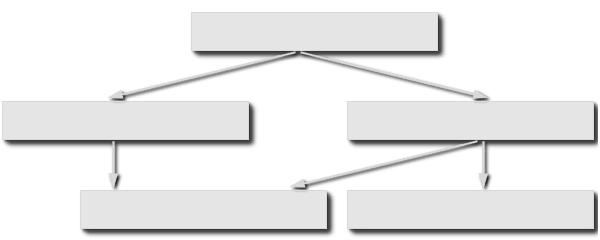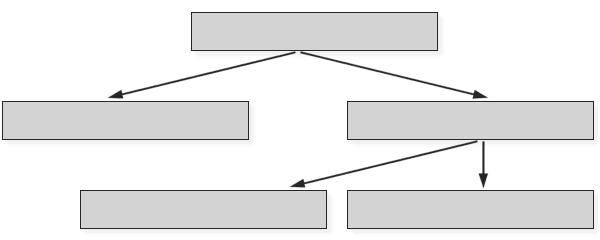Electronic Interference
Electronic Interference
Electronic Warfare (EW) is one of the key elements of the modern battle scenario, protecting one's own forces from attack, denying information to the enemy, and intercepting and disrupting his own voice communication and datalinks. In effect, EW is an ongoing war between active systems that “attack” and defensive systems which protect. A widespread network of electronic intelligence stations is operated by many countries by land, sea and air, not only to monitor the electromagnetic spectrum but also to disrupt hostile transmissions by jamming in a number of ways.
Many complex electronic systems are installed on airports, into aircrafts or aboard ships.
The ability of these systems to perform their individual functions without interference is
known as electromagnetic compatibility (EMC). The sources of extraneous electromagnetic radiations
reduce receiver performance and are known as electromagnetic interference (EMI).
Sources of EMI can be divided into the following broad categories:



- Man-made sources
- Incidental
These are sources not designed specifically to generate electromagnetic energy but which do in fact cause interference. Examples of incidental EMI sources include- power lines,
- motors, and switches.
- Functional
EMI can originate from any source designed to generate electromagnetic energy and which may create interference as a normal part of its operation. The interference may be unintentional or caused by other on board or adjacent platform systems. This interference also may be intentional or caused by electronic countermeasures (ECM).
- Incidental
- Natural sources
EMI can be caused by natural phenomena, such as- thunder storms, or
- electrical storms or solar and interstellar radiation.
Receive systems are designed to include protective circuitry between the antenna and receiver to filter out off-frequency signals. This prevents or limits interference, desensitization, or burnout. Electromagnetic interference can be reduced or eliminated by using various suppression techniques. The amount of EMI that is produced by a radio transmitter can be controlled by limiting bandwidth, and using electronic filtering networks and metallic shielding. Depending upon the system, these protective devices may include filters, multicouplers, preselectors, and so forth. These devices can minimize interference caused by inadequate frequency separation or poor physical isolation between transmit and receive antennas.

Figure 1: noise-modulated jamming, the jammer in 150° (VHF-Band radar)
